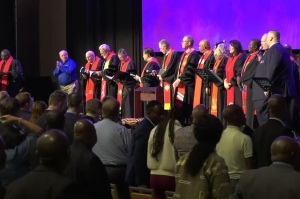Tesla Raises Prices For Its Supercharger Stations
Tesla has ensured their customers will never run out of juice through their vast network of supercharger stations. However, setting them up isn't free which is why the company has quietly raised the cost of using them.
The average increase for pay-per-use customer ranged between 20 to 40 percent. This means that a driver from California who typically pays 20 cents per kWh will now have to pay 26 cents per kWh. Oregon drivers on the other hand will see their costs double from 12 to 24 cents per kWh.
Owners of the luxury Model S and Model X will continue to have 400kWh of credit per year. The mass market Model 3, on the other hand, won't have such a perk and will like provide the bulk of the revenue from these stations. Model 3s are already hitting the road in greater number as the company ramps up production.
Nevertheless, Tesla insists that the supercharger stations will never be a profit center. There are currently 1,100 supercharging stations currently in North America alone. However, with the anticipated explosion of electric vehicles, it's very likely that drivers will see more price increase further down the road, pardon the pun.
"We occasionally adjust rates to reflect current local electricity and usage," a spokesperson said. "The overriding principle is that Supercharging will always remain significantly cheaper than gasoline, as we only aim to recover a portion of our costs while setting up a fair system for everyone. This will never be a profit center for Tesla."
Tesla officially introduced its supercharger network over a year ago but has only gained significance in recent months. This was mainly due to the fact that a substantial number of the company's vehicles are now on the road and are now able to utilize the existing infrastructure.
Elon Musk has put forward a plan to totally disconnect the supercharger stations from the grid. However, that will require a large number of solar power stations and battery packs, something that the company cannot afford to pursue at this time unless it takes on additional funds.





























